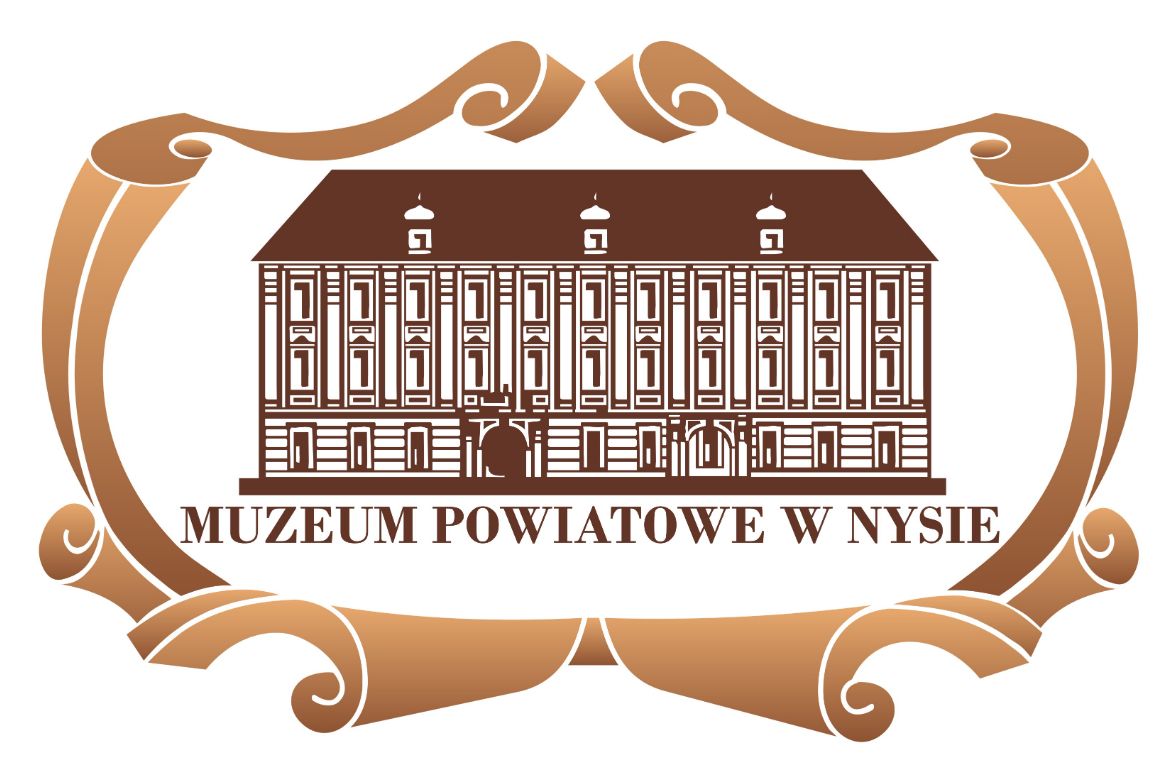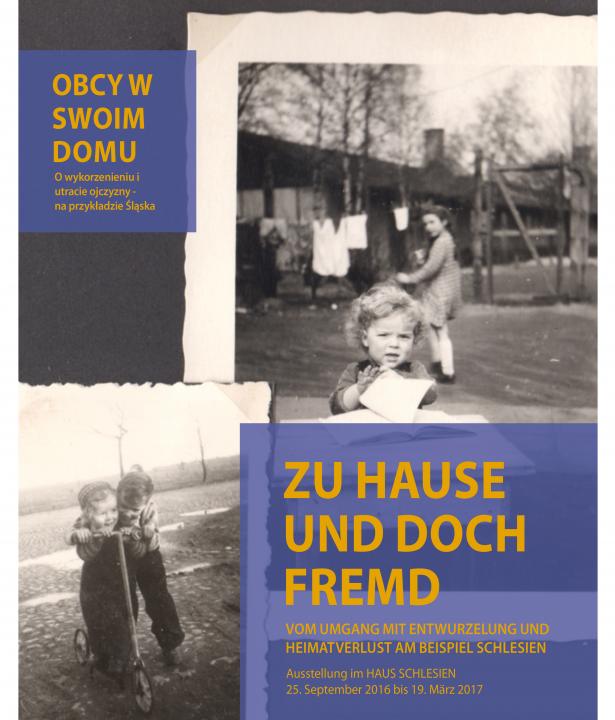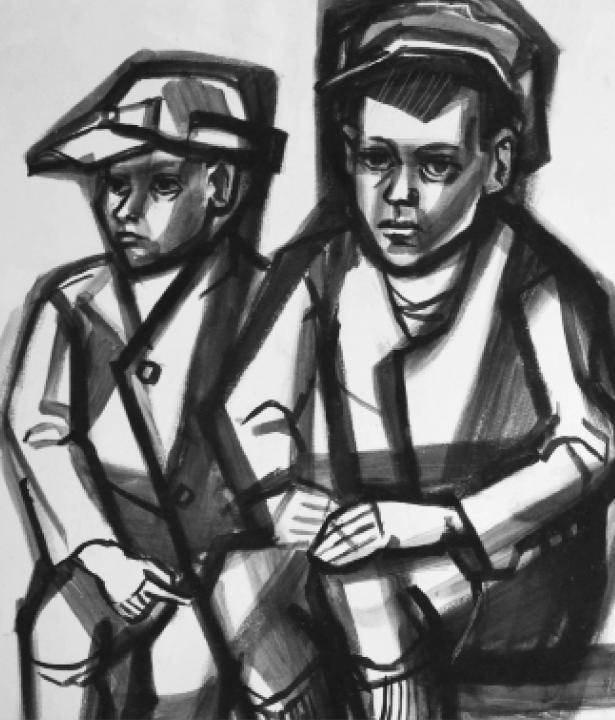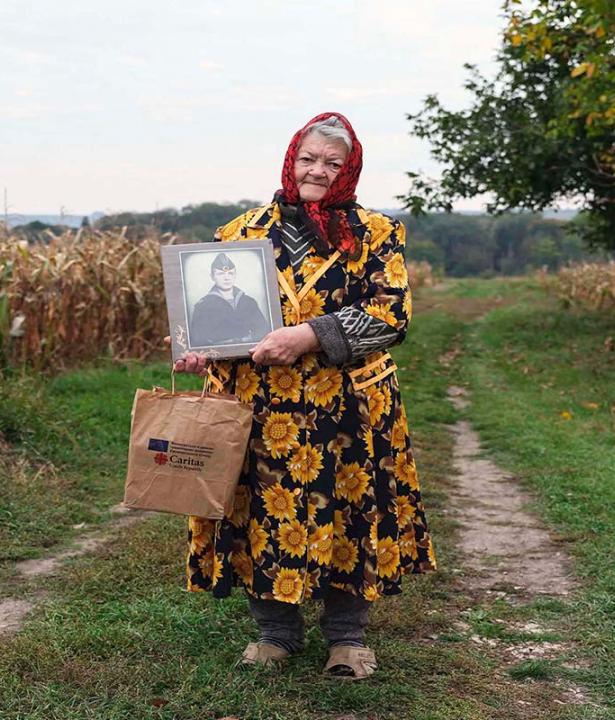"Is there such thing as a Silesian identity, and if so, how many?" The touring exhibition "Typically Silesian", which is available for loan, grapples with this question, which actually contains three other questions, namely, “where is Silesia?”, “who is Silesian?” and “what is typically Silesian?”
Text
Many chroniclers and writers, folklorists and historians have studied Silesia and its character, and attempted to describe and capture a sense of the region. From Pankratius Vulturinus Silesians of "cheerful disposition" and "full of love for their homeland", to Goethe's "tenfold interesting country, [...] which forms a strangely beautiful, sensual and comprehensible whole", and from the much vaunted "Silesian Tolerance" and the often quoted "Silesian Bridge Landscape" to the "Euroregion Silesia", many descriptions and catchwords convey the impression of a clearly defined region, the consistent and unified character of its inhabitants, and a collective regional sense of belonging. However, the literary, political or folkloristically motivated descriptions of the Silesians and their mentality are often generalized and merely snapshots.
So, who then is a Silesian and what makes him or her a Silesian? Where is Silesia? Does everyone who lives in Silesia or was born there identify with the region? And what really is "typically Silesian" or does this not exist at all?
The exhibition explores all these questions and thoughts and familiarizes visitors with the complexity of "Silesian identity", showcasing the richness of the region and its inhabitants, and offering food for thought for possible answers. The content has been developed in cooperation with six Silesian partner museums – the Muzeum Karkonoskiego w Jeleniej Górze (Giant Mountains Museum in Jelenia Góra), the Muzeum Powstań Śląskich w Świętochłowicach (Museum of Silesian Uprisings in Świętochłowicach), the Muzeum Ziemi Lubuskiej w Zielonej Górze (Museum of the Lubusz Land in Zielona Góra), the Muzeum Ziemi Prudnickiej (Museum of Prudnik Region), the Muzeum Powiatowe w Nysie (Muzeum Powiatowe in Nysa), and the Muzeum Śląska Cieszyńskiego w Cieszynie (Museum of Cieszyn Silesia) – and, through the diversity of perspectives this provides, we are able to understand the attachment of different groups of people to the region.
So, who then is a Silesian and what makes him or her a Silesian? Where is Silesia? Does everyone who lives in Silesia or was born there identify with the region? And what really is "typically Silesian" or does this not exist at all?
The exhibition explores all these questions and thoughts and familiarizes visitors with the complexity of "Silesian identity", showcasing the richness of the region and its inhabitants, and offering food for thought for possible answers. The content has been developed in cooperation with six Silesian partner museums – the Muzeum Karkonoskiego w Jeleniej Górze (Giant Mountains Museum in Jelenia Góra), the Muzeum Powstań Śląskich w Świętochłowicach (Museum of Silesian Uprisings in Świętochłowicach), the Muzeum Ziemi Lubuskiej w Zielonej Górze (Museum of the Lubusz Land in Zielona Góra), the Muzeum Ziemi Prudnickiej (Museum of Prudnik Region), the Muzeum Powiatowe w Nysie (Muzeum Powiatowe in Nysa), and the Muzeum Śląska Cieszyńskiego w Cieszynie (Museum of Cieszyn Silesia) – and, through the diversity of perspectives this provides, we are able to understand the attachment of different groups of people to the region.
Depending on where they live and their family history and origin, people give very different answers when asked to what extent they feel a part of the Silesian region and why. It depends on whether they see the Silesian Lausitz as their home, for example, and, for historical reasons, have a split feeling of regional identity, or, as expellees from Eastern Poland, they may have only recently gained a sense of regional identity in Silesia. Other determining factors include whether the person has a vague or distant relationship to their Silesian homeland or if they are able to continue old traditions like parts of the Upper Silesian population. Furthermore, in Germany as well as in Poland there are the clichés that—in particular outsiders—associate with Silesia.
Externe Links
External Image

External Image

External Image

External Image

External Image

External Image

External Image

External Image

External Image








